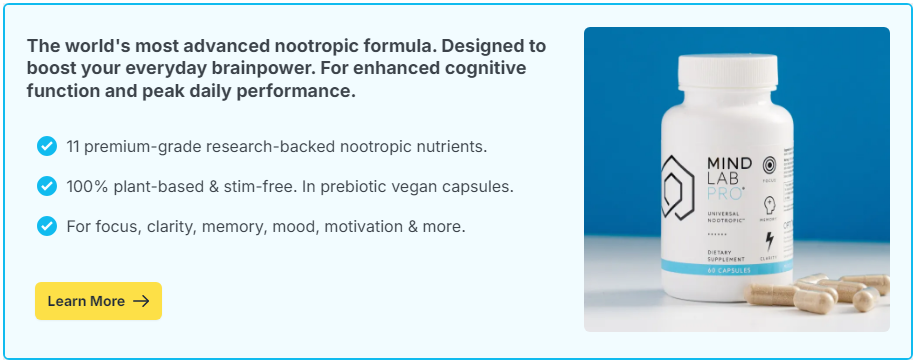
Yes – what we call multitasking is usually fast task-switching, and it tends to make work slower and more error-prone. The brain pays a “switch cost” each time you shift focus, leaving attention residue that degrades memory and decision quality.
Contents
What Multitasking Really Is
For most everyday tasks, the brain cannot process two demanding streams at once. Instead, control networks toggle between goals, reloading rules and context for each one. That reload takes time and mental energy, which is why juggling email, chat, and documents often feels busy but yields little finished work.
Why Switching Hurts Performance
Several limits converge to make frequent switching costly.
Switch Costs
Each shift requires you to clear the old task set and prime the new one. Even brief switches add up, stretching a 30-minute job into an hour while making mistakes more likely.
Attention Residue
After you leave a task, part of your attention lingers on it. That residue reduces working memory for the new task, so you reread lines, miss details, and need more corrections later.
Working-Memory Limits
Working memory holds only a few chunks at once. Splitting it across tasks crowds out crucial steps and weakens learning, which explains why multitasked study sessions produce shakier recall.
When Parallel Work Does And Doesn’t Work
True parallel processing is rare but possible with one automatic, low-load activity and one light cognitive task. For example, folding laundry while listening to a podcast might be fine. The problems mount when both tasks demand planning, reading, or decision-making. Phone use while driving is the classic failure: both require rapid attention shifts, and performance drops even with hands-free calls.
Digital Multitasking And Media Switching
Notifications and tabs make switching effortless, which is part of the problem. Heavy media multitaskers often report feeling efficient, yet they show poorer filtering of irrelevant information and slower task performance in lab tests. Constant novelty trains the brain to expect frequent rewards, so focus feels dull and effortful by comparison.
Who Is Most Affected
Students, knowledge workers, and anyone working under chat-driven workflows suffer the largest productivity losses, because their tasks rely on reading, planning, and error checking. People with sleep debt or high stress are hit harder: fatigue shrinks working memory and makes distraction more tempting, compounding the cost of switching.
How To Work Smarter With One Focus
You can recover efficiency quickly by restructuring your environment and routines, not just by trying harder.
- Time-Box Deep Work: Set 25–50 minute focus blocks for a single task, then take a short break. Close chat and email during blocks.
- Batch Communication: Check messages at set times (e.g., top of the hour). Use status notes to set expectations.
- Externalize Memory: Keep a scratchpad list for small thoughts that pop up. Capture, then return to the task without opening a new tab.
- Single-Task Your Windows: One screen, one purpose. Group related tabs; hide or minimize the rest.
- Silence Triggers: Disable nonessential notifications. Put the phone face-down or in another room during hard tasks.
- Define Done: Before you start, write a clear finish line (e.g., “draft intro + outline”). A crisp target reduces dithering and mid-task pivots.
Training Focus Without Burning Out
Attention is trainable. Gradually lengthen focus blocks, and alternate hard cognitive work with light, restorative activities such as a short walk or simple chores. Sleep, exercise, and mindful breathing expand your cognitive “buffer,” making it easier to resist urges to switch. Over days, you will notice more flow and fewer backtracks.
Simple Experiments You Can Try
Small tests reveal the real cost of switching in your own workflow.
- Tab Diet: Start a session with only the tabs you need. Track how many you open in 30 minutes and close anything not essential.
- Message Windows: Move from always-on chat to two or three check-ins a day for a week. Note changes in output and stress.
- Single-Thread Mornings: Spend your first hour on one important task before opening email. Compare progress to a normal day.
Multitasking feels busy but often hides slowdowns, mistakes, and shallow learning. Most of the time, one clear goal, free of pings and tab hopping, delivers faster results and better memory. Design your day to switch less, and your brain will do more.

